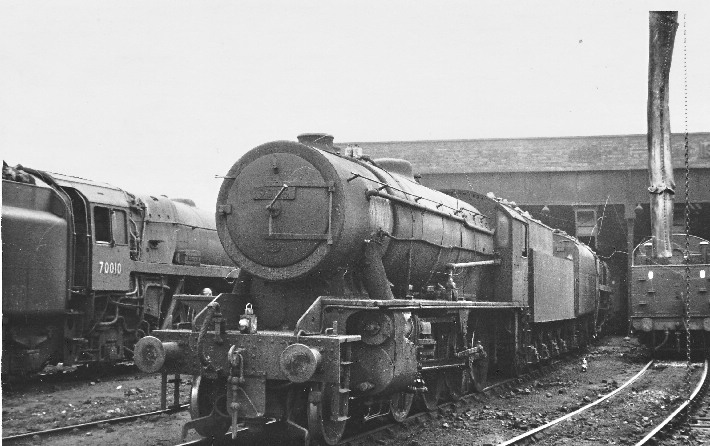
8D ASSOCIATION
The 8D Association is dedicated to promoting the history of the railways of South Lancashire, Merseyside and North Cheshire.
Warrington Dallam Shed – 8B

A scene synonymous with many other steam sheds of the period. Locos are being made ready for their days work and a group of staff discuss the day ahead. The refurbished shed complete with brick screen can be seen in the background. Stanier 8F 48268 can be seen coupled to Jubilee 45731. 22nd October 1961.Photo by Harry Arnold MBE /Waterway Images. (To see more of Harry’s Waterway Images click here)
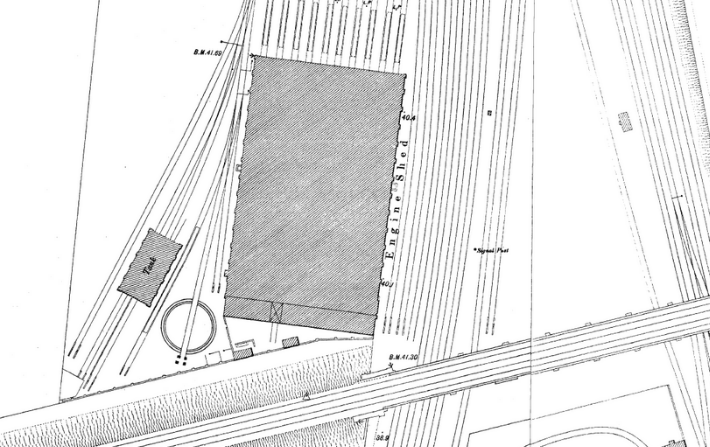
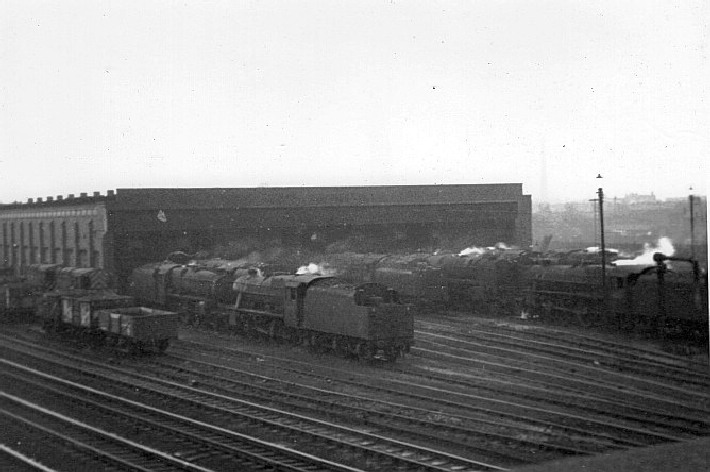
Photo byAndrew Critchlow.(To view more of Terry’s interesting signal box website click here)
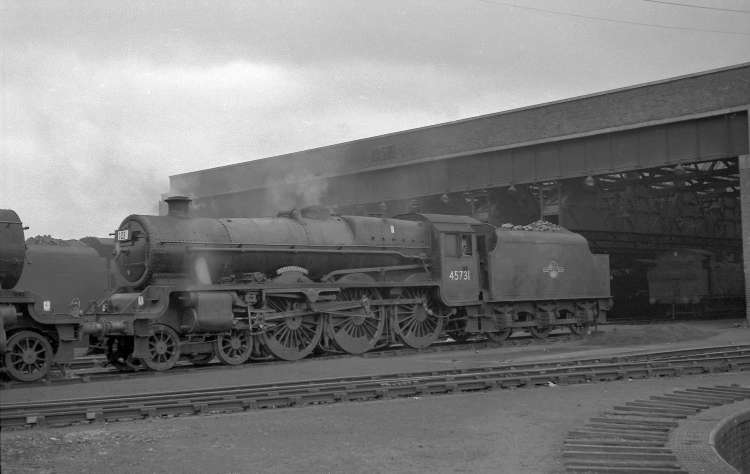
Photo by Harry Arnold MBE /Waterway Images. (To see more of Harry’s Waterway Images click here)

Photo by Terry Tracey.

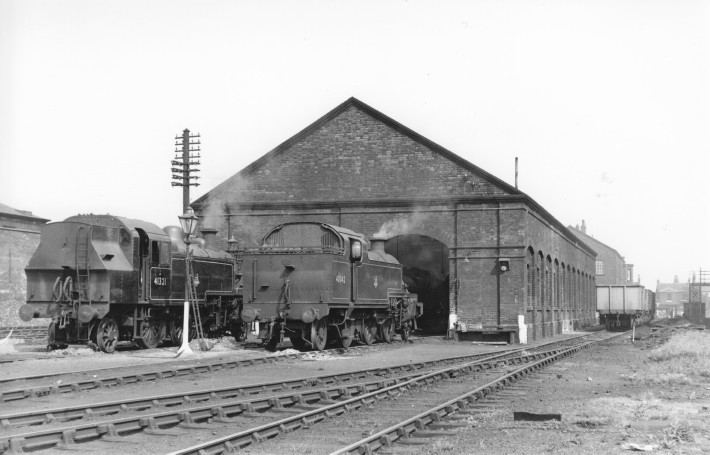
The two road shed at Arpley seen with Ivatt 2MT No 41321 and Fowler ‘3P’ 2-6-2T simmering away outside. The Ivatt had only been in service for 4 months at this point having been delivered new to 8B during February 1952 it was withdrawn during July 1965 and cut up by Cohens of Morriston during October of the same year. The Fowler loco had a longer service life being delivered new on 2 June 1931, being withdrawn just over thirty years later on 22nd July 1961 the loco was cut up during June 1962. 18th May 1952.
Photo by Harry Townley (Reproduced with permission from the Industrial Railway Society.)

Photo by Terry Tracey.
